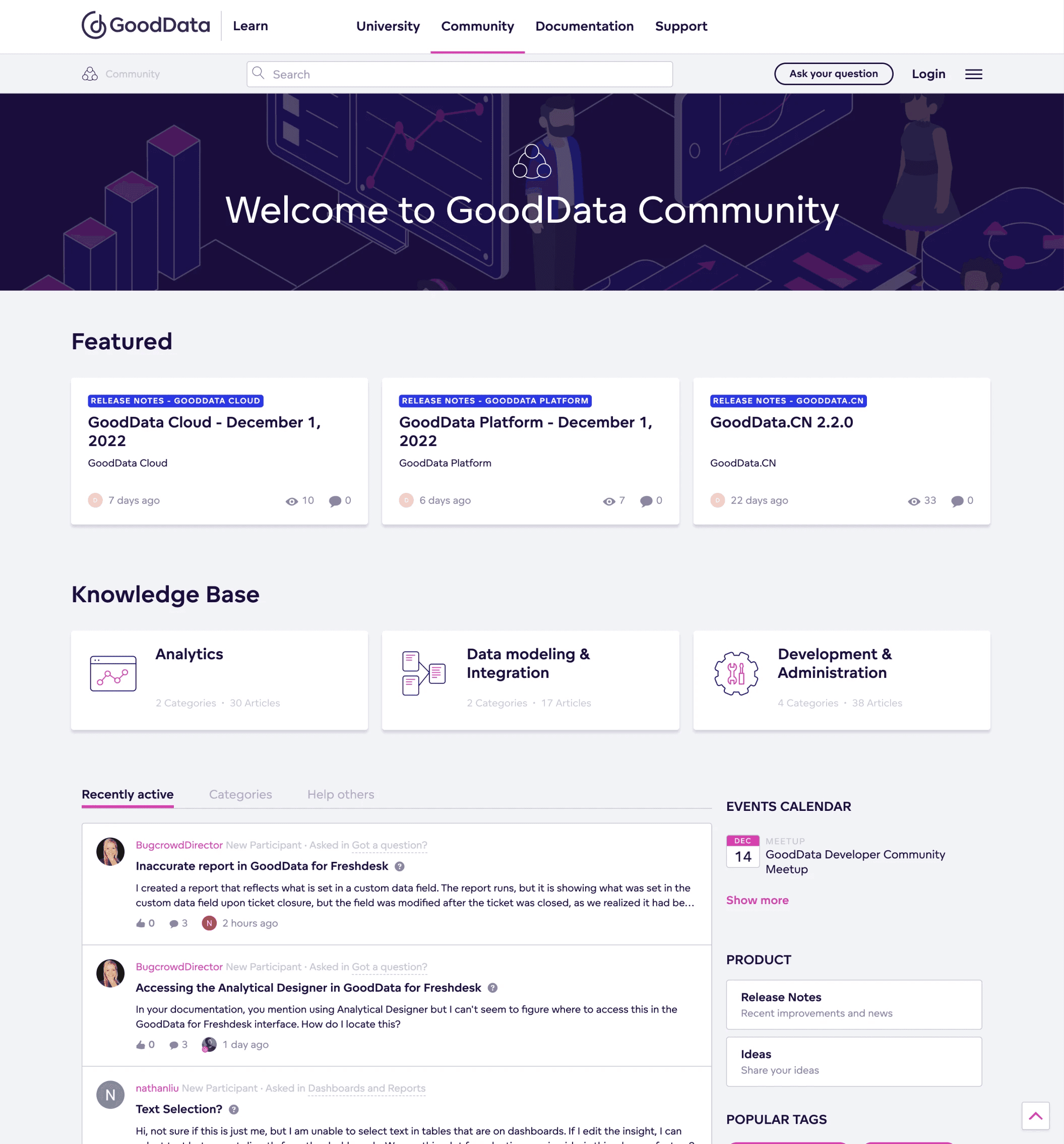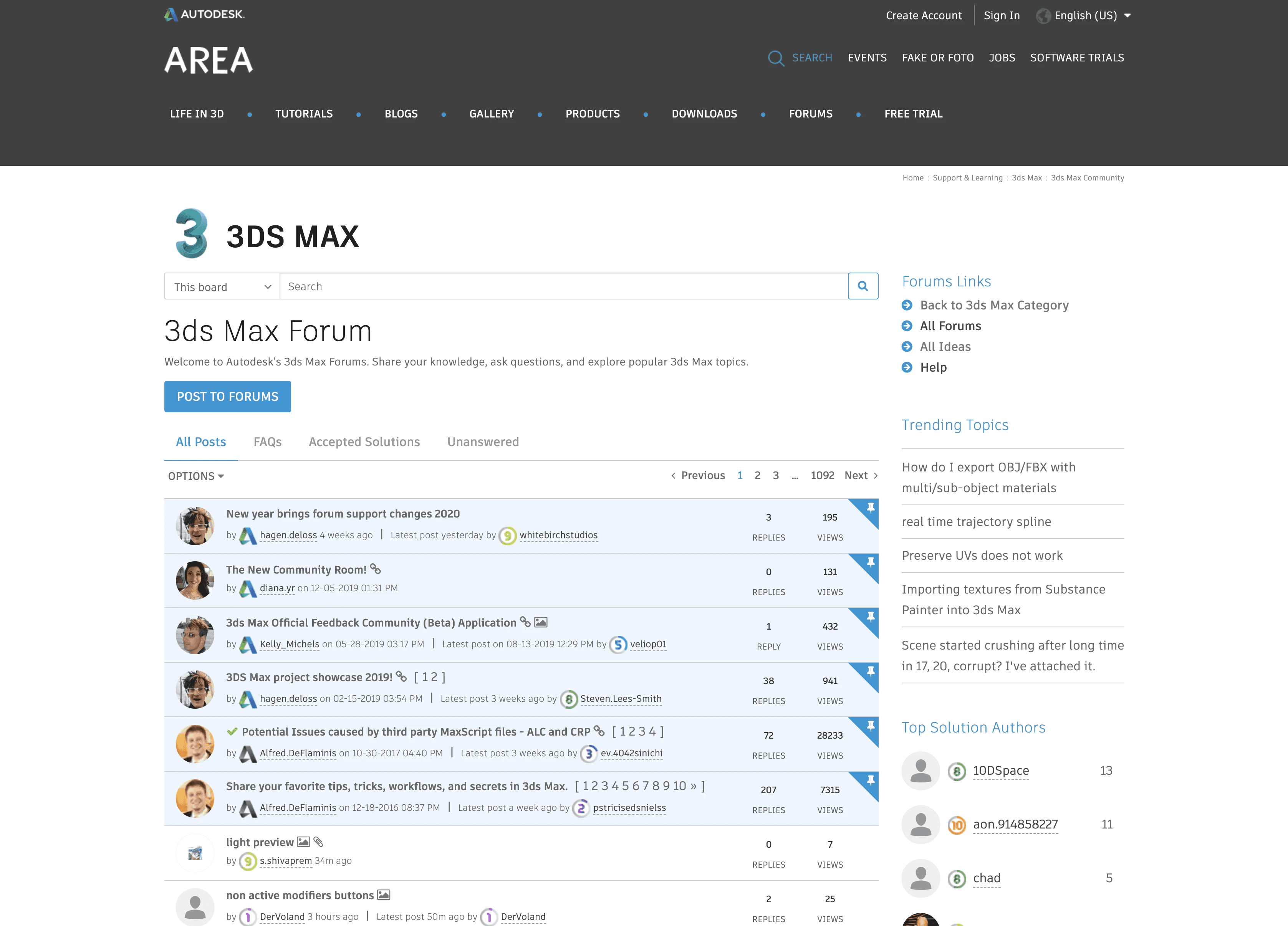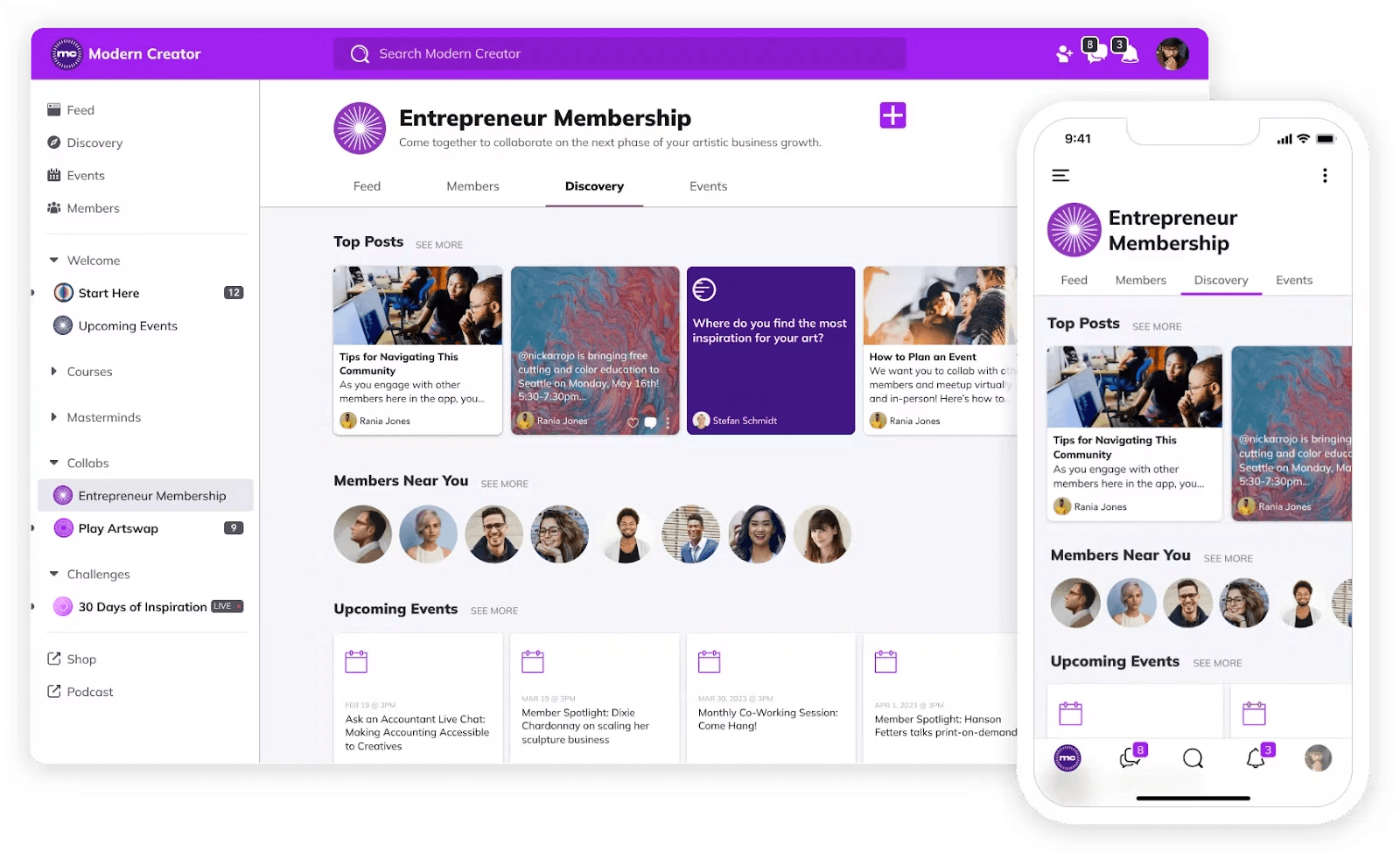Dec 19, 2023
4 Bettermode Alternatives For Software Companies In 2024
The limitations of Bettermode (Tribe)
Bettermode (Tribe) is a community platform focused on building customer communities to improve the customer experience. It is important to note that Bettermode (Tribe) is not specifically focused on SaaS or software companies and accommodates community building for all sorts of businesses in general.
Because of this general approach, Bettermode (Tribe) is missing core functionalities that boost customer community usage and activity for SaaS and software companies specifically. It is missing community business impact analytics, a thread system where you can directly comment on a comment, which makes it difficult to understand if a comment is a new comment or if the comment is a reply to a previous comment, the ability to host your technical documentation and the functionality to natively host your help desk (direct support) channels.
Here are the top 4 alternatives to Bettermode (Tribe) for SaaS and software companies in 2024:
1. Turf
Turf is a customer community platform specifically designed for SaaS (Software as a Service) and software companies. The platform is tailored to make the customer community initiative reduce support costs and churn rates as much as possible and was first launched to solve the low-usage problem that a lot of existing SaaS customer communities were having. Turf increases customer community usage and engagement, by centralizing/integrating all your customer-facing modules in your customer community environment and making your community completely useable from within your SaaS application. Turf is the only community platform that allows SaaS and software companies to make their customer community environment the single meet point for every interaction that users and customers have with the company.

Turf has the functionality to host and centralize:
Knowledge base
Help Center
Roadmap communication
Product feedback
Changelogs
Bug reporting
Feature requests
Help desk
Academy
Courses
Technical documentation
Online events
By hosting and centralizing all these modules in your customer community environment, you give your users consistent incentives to come back to the community. Your users will have to go to your customer community environment for almost all actions that they want to perform and at the same time will be exposed to all the other modules located there. This doesn't only increase activity in the community but also increases usage of all other individual modules that are being centralized there.
Your users want to be active in your customer community when they are using your tool in real-time or when they have just used your tool. Therefore activity in your customer community environment is significantly higher when your users can interact with and participate in your customer community from within your application. Turf allows you to make your community useable from within your SaaS application through a widget that you can install by simply pasting a small code snippet in the header tags of the pages where you want it to show.

View more of the Turf platform here or directly claim a free trial of up to 100 community members by scheduling a call here.
2. Insided (Gainsight)
Insided, now rebranded to Gainsight, is a community platform focused on enterprise b2b SaaS companies. The platform aims to help businesses build and manage online communities with a focus on customer engagement, support, and reducing churn.
Insided allows you to host and centralize your knowledge base, product feedback & ideation, and product communication. With their product feedback and communication module, you can communicate product releases, receive feature requests, and let users vote on your roadmap. The platform does a relatively good job at centralizing the majority of your customer processes, but is missing key functionality to cover the entirety of your customer module ecosystem. The platform is missing the ability to host technical documentation, host and manage online community events, and natively host your help desk (direct support) channels.
Here is an example of a community built with Insided (Gainsight):

Insided also allows you to integrate your community into your SaaS application with an embeddable widget. The embeddable widget can be installed by adding a code snippet to the header code of the pages where you want the widget to reflect.
As mentioned before, Insided (Gainsight) is focused on enterprise b2b SaaS. As you might have guessed this also reflects in their pricing. Insided does not publicly display any pricing plans and does not offer a free trial. They work with custom pricing for each customer and require you to schedule a demo or call with the sales team to get insight into what their pricing is like. Although the exact pricing is not public, we know that Insided falls under the highest end of the community software spectrum and the average community built with Insided falls within a range of $20k to $100k per year. Unfortunately, any specifics on different plans and feature limits per subscription plan are not online available.
3. Khoros
Khoros is a community platform designed for enterprise-focused communities (not focused on SaaS or software companies). It stands out as a platform frequently customized by its users with their in-house development teams. This customization allows users to build upon the platform's core, incorporating functionalities not initially provided. While Khoros boasts a functional forum structure at its core, it lacks an integral thread system within posts, leading to confusion about whether a comment is new or a response to an existing one.
Khoros works with different modules that you can add (with additional cost) to your core community platform. Khoros allows you to host and centralize your knowledge base, ideation, and other resource-based modules like academy and product courses. Besides this you can customize your community environment and integrate other existing customer modules that will remain hosted on a third-party. Because of their general focus, Khoros is not actively taking into account the existing ecosystem of customer modules that the average SaaS company has and their community environment needs to seamlessly work with. Khoros is missing key functionality to natively host your technical documentation, roadmap display & communication, bug reporting, and feature requests.
Here is an example of a community built with Khoros:

Khoros does not allow you to embed or integrate your community environment in your SaaS application.
Details regarding the pricing structures for Khoros Communities are not publicly disclosed and require direct contact with the vendor. However, it is widely known that Khoros is one of the most expensive community platform providers, with subscription fees generally exceeding 100,000 USD annually.
4. Mighty Networks
Mighty Networks is focused on the use case of building 'communities of practice' for creators and brands.
Mighty Networks allows you to host and centralize courses, resource libraries, and live events, in your community environment. Mighty Networks is not focused on and built for software companies, meaning they dont take into account the existing ecosystem of customer modules with which the customer community environment needs to seamlessly work and fit into. If you are building a ‘community of practice’ as a creator or brand, Mighty Networks delivers exactly what you need with its centralized courses, resource libraries, live events, and ability to monetize your community. For software companies looking to build an engaged customer community, Mighty Networks lacks key functionality such as the ability to create or integrate a help center, knowledge base, roadmap display, bug reporting, feature requests, help desk, customer feedback, and technical documentation. Not being able to centralize or integrate these modules will lead to significant engagement and activity issues down the line.
Here is an example of a community built with Mighty Networks:

Mighty Networks does not allow you to embed or integrate your community into your SaaS application, software, or website, at the time of writing.
Mighty Networks offers a 14-day free trial for their Mighty Networks Community plan ($39/month) and their Mighty Networks Business plan ($119/month). When signing up for the free trial, no credit card is required. Their third plan, the Mighty Networks Mighty Pro plan can only be purchased by talking to the sales team and works with custom pricing. The Mighty Networks Community plan of $39 per month gives you access to all their features, except you can not brand and customize your community environment and its notifications, do not have the courses/academy functionality, can not host resources, do not get access to all the crucial community analytics, can not integrate with Zapier or Google Analytics, do not have access to the API, can not create your own community mobile app, and can store maximum 250gb of content in your community. The Mighty Networks Business plan of $119 per month gives you access to all their features, except you can not brand and customize your community environment and its notifications, do not have access to the API, can not create your own community mobile app, and can store maximum 1tb of content in your community. The Mighty Networks Mighty Pro plan is a plan with customized pricing and gives you access to all their features and modules. To start on this plan, you need to get in touch with their team.










